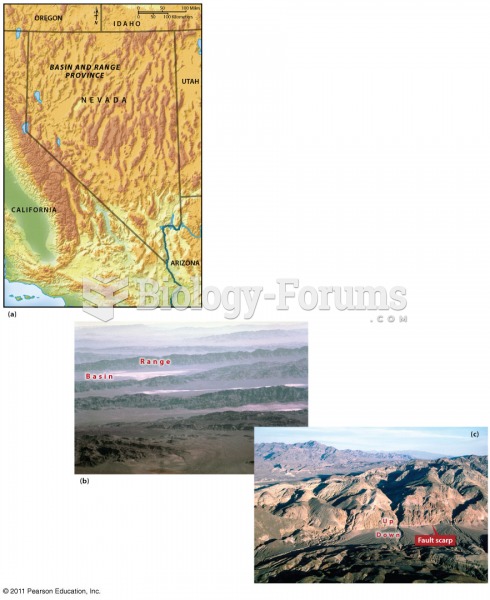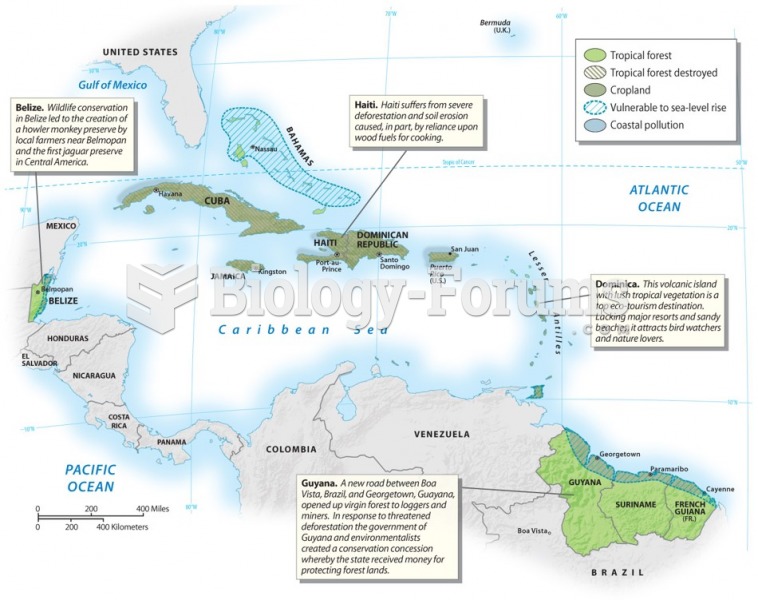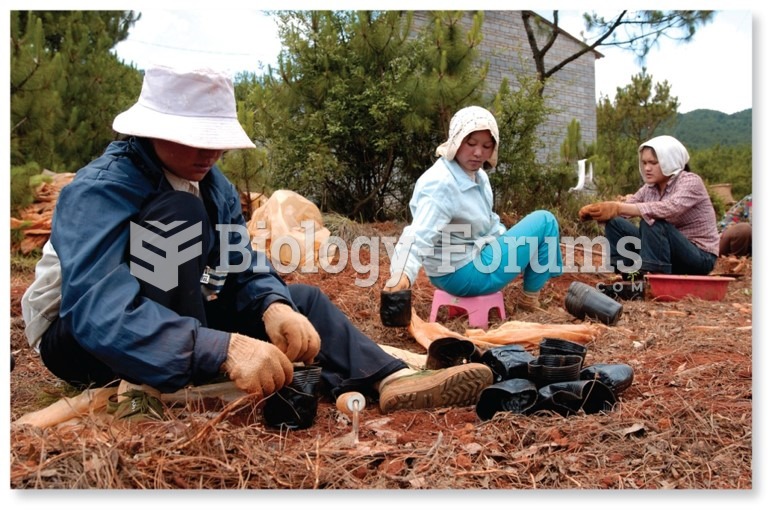Answer to Question 1
The Colorado River flows Wyoming to the southwestern United States. It supplies water for roughly 30 million people in 7 states (Wyoming, Colorado, Utah, Nevada, Arizona, New Mexico, and California) and northern Mexico. Within these states, rapidly growing urban areas, such as Las Vegas, Phoenix, Tucson, Denver, and San Diego are dependent on the river. In order to equitably allocate the water, the seven states joined the Colorado River Compact, while the US. signed the Mexican Water treaty. In addition to the pressures put on the river by these populations, the Colorado River is an exotic stream with natural stream flow variability. Recent droughts have added extra strains on this resource.
Answer to Question 2
Precipitation is the main source of groundwater, percolating downward as gravitational water from the soil moisture zone, moving through the zone of aeration and, eventually, accumulating in the zone of saturation. The upper limit of the zone of saturation is the water table.
An aquifer is a subsurface layer of permeable rock or unconsolidated materials through which groundwater can flow. The two types are confined (bounded by impermeable layers above and below) and unconfined (bounded by permeable surface only below).
Humans extract groundwater from aquifers via wells. In unconfined aquifers, the water is not under pressure and must be pumped. In confined aquifers, the water is under pressure and may rise under its own pressure to the potentiometric surface.
Overconsumption of groundwater can lead to the lowering of the water table (drawdown) and a cone of depression. When water is used beyond the flow and recharge capacities of an aquifer, groundwater mining occurs.






